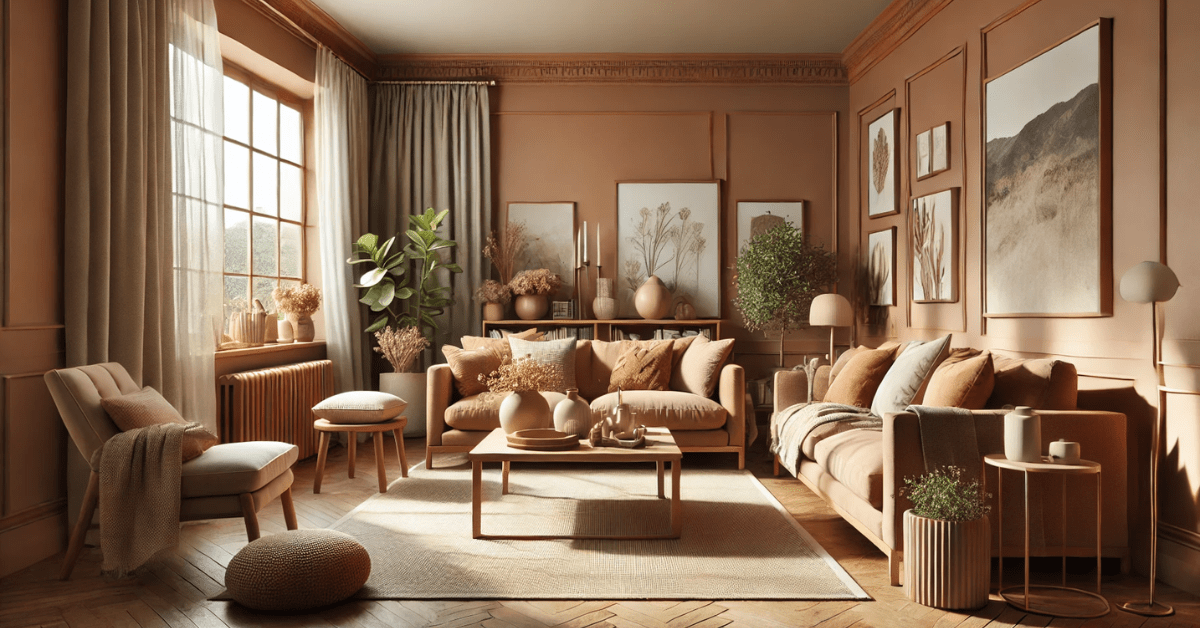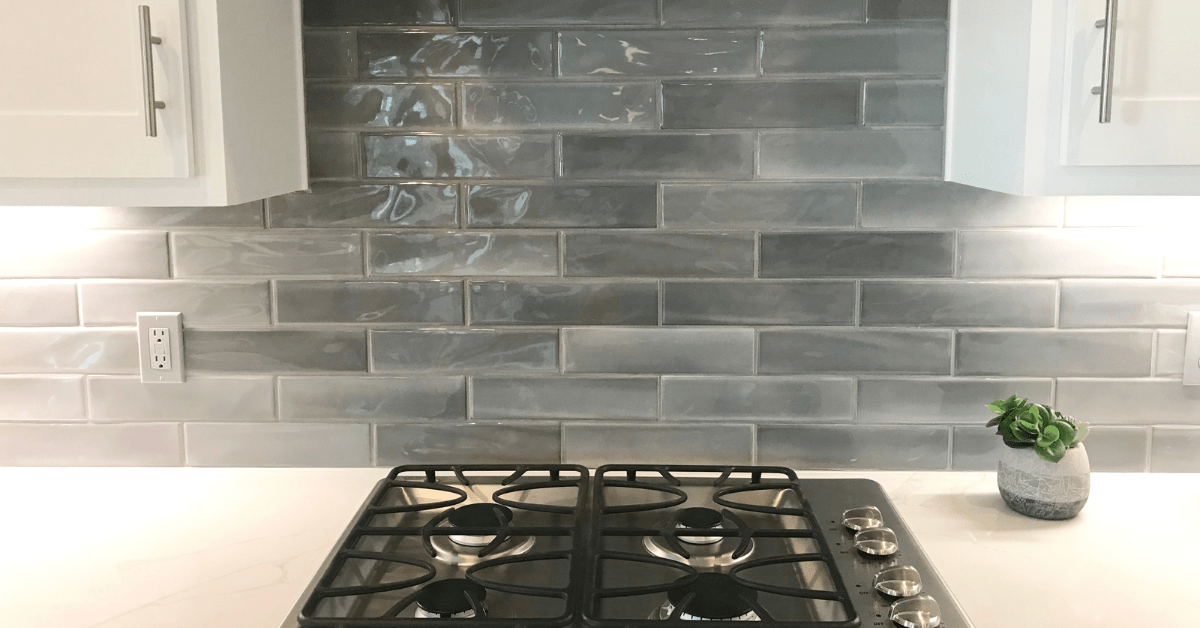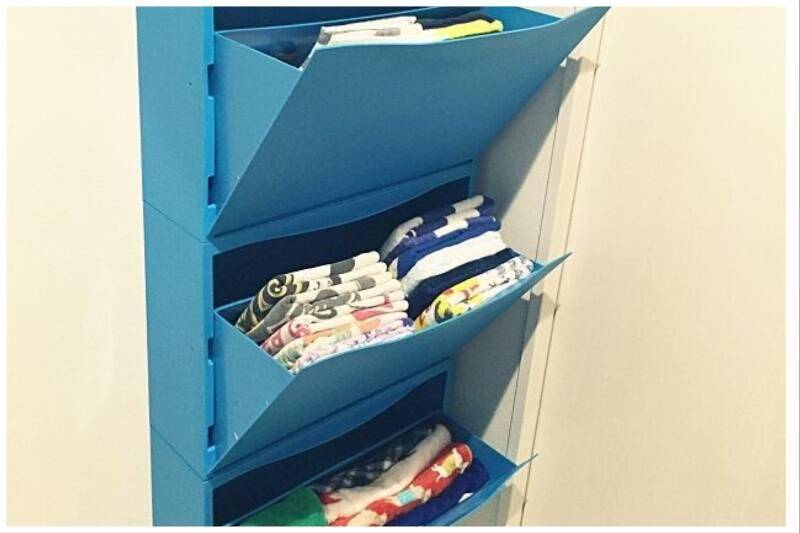A New Deal photographer?s forgotten Portland

?This is about how a city can shape a person. And how a person can shape a city.? I stopped wearing heels when I moved to Portland, Oregon.
The Southeast neighborhood surrounding my new apartment was dominated by huddled groups of wanderers camped on sidewalks, their wire-wrapped crystals splayed across dog-hair-dusted tapestries. That transient lifestyle bleeds into the style of Hawthorne Avenue, a main drag of Southeast Portland, where a smattering of trendy boutiques are still flanked by thrift stores and head shops. Anything new and tall felt too New York for the rain-slicked streets and squat neighborhoods of my new home.
This was the version of Portland that I met when I arrived at the tail end of a three-month road trip in 2014. I came here to be a writer. Much like Minor White came here to be a photographer. This isn?t about footwear, or the differences between New York City and Portland. This is about how a city can shape a person. And how a person can shape a city. And how one photographer captured a certain moment of symbiosis between a city and its inhabitants, and a city and himself, through the photographs he took at the start of a storied career.
Minor White never meant to spend time in Portland. When he caught a bus from his home in Minneapolis in 1937, he was headed for Seattle to pursue a budding passion for photography. Portland seemed like a good place for a break from travel along the way?the annual Rose Festival was approaching when White arr...
| -------------------------------- |
| Reddish explains its contribution to The Conversation Show exhibition |
|
|












